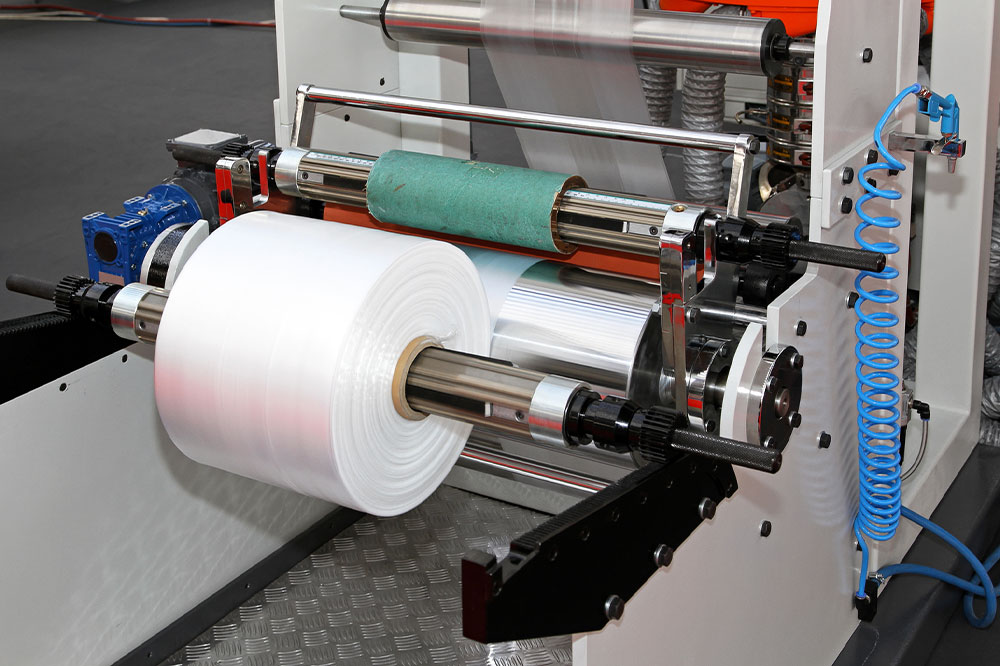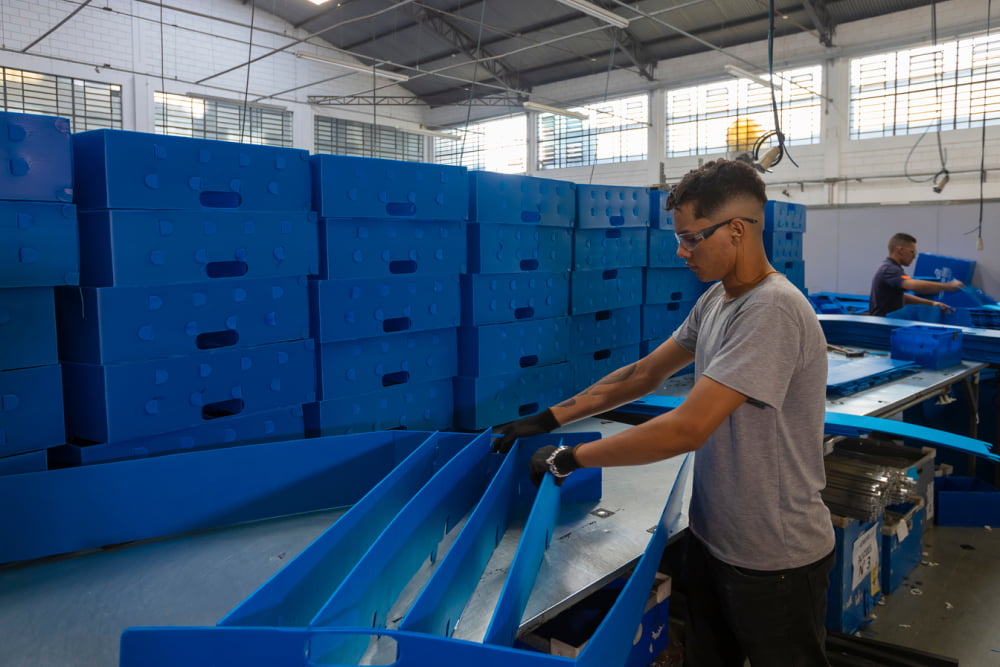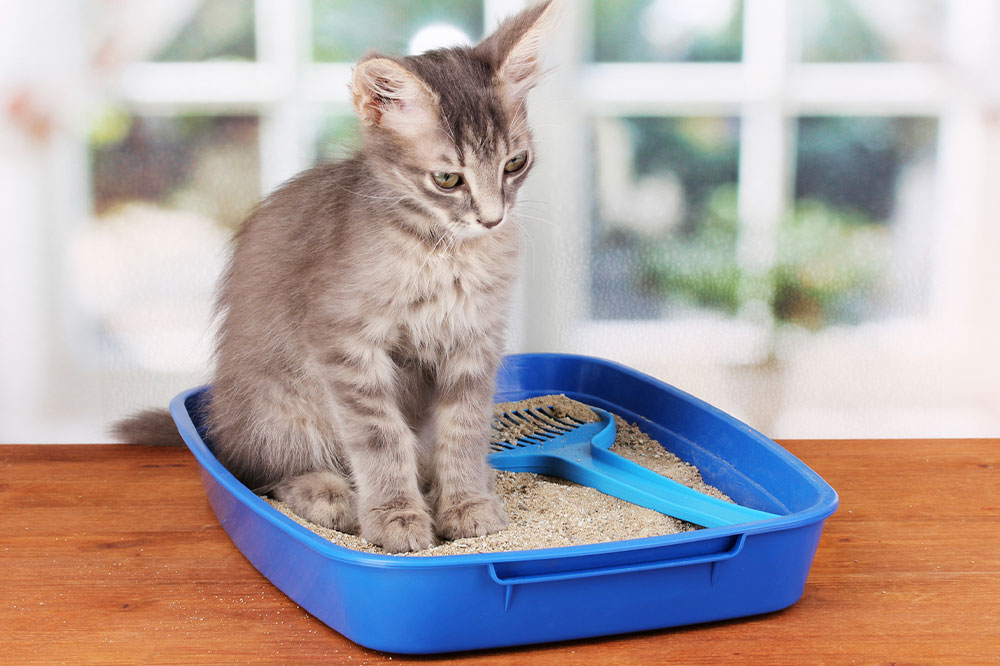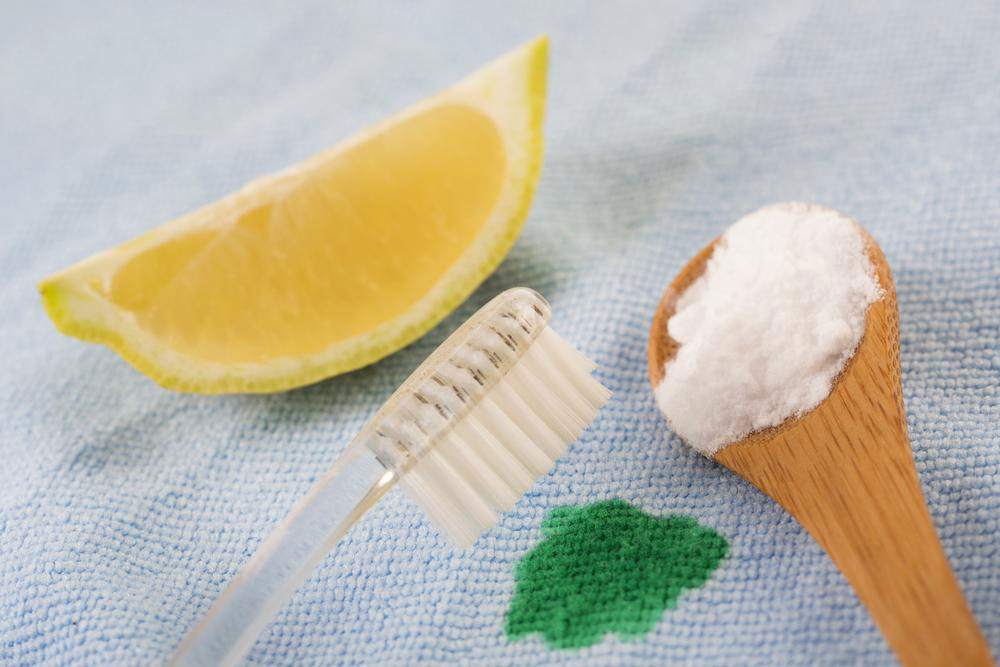Types of Industrial Plastics and Polymers: A Comprehensive Guide
This article provides an in-depth overview of common plastics and polymers used in various industries. It explains their types, applications, and important considerations such as health hazards and recycling. Understanding these materials is essential for optimized use and environmental responsibility in manufacturing. The guide covers popular plastics like PET, HDPE, PVC, and biodegradable options like PLA, highlighting their unique properties and uses in packaging, construction, healthcare, and more.
Sponsored

Exploring Common Industrial Plastics and Polymers
Plastic is often seen as a single material, but in reality, there are numerous types, each tailored for specific uses based on attributes like flexibility or durability. These plastics are actually polymers with added layers for extra strength. Understanding the most common plastics and polymers helps in recognizing their applications across various industries. Plastics are synthetic materials that can be shaped when softened and then hardened to retain form, making them versatile in manufacturing.
Popular Types of Plastics and Polymers
Many plastics belong to the polymer family, characterized by repeating units formed through chemical processes. Here are some widely used plastics and polymers produced by the industry:
Polyethylene Terephthalate (PETE or PET): PET is a lightweight, durable, and transparent plastic common in food packaging and textiles (polyester). Examples include beverage bottles, food containers, and clothing fibers. Recycled PET (rPET) is increasingly utilized for sustainability.
High-Density Polyethylene (HDPE): Known for strength and chemical resistance, HDPE is used in milk cartons, pipes, and containers. Its robustness makes it suitable for items like buckets, toys, and water bottles lined with HDPE to prevent leaks.
Low-Density Polyethylene (LDPE): This flexible, soft plastic is often found in grocery bags, bubble wrap, and food wraps. Its flexibility and clarity make it ideal for liners and packaging.
Linear Low-Density Polyethylene (LLDPE): Noted for high tear resistance and chemical tolerance, LLDPE is used in toys, cable insulation, and protective pouches.
Polyvinyl Chloride (PVC): A sturdy, weather-resistant plastic, PVC is used in construction materials, plumbing pipes, and medical devices. Due to potential health risks from toxins, usage requires precautions.
Polypropylene (PP): Renowned for heat resistance, polypropylene is common in food containers, bottle caps, and medical packaging, including diapers and syringes.
Polystyrene (PS): Often called Styrofoam, this inexpensive insulator is used in packaging, disposable food ware, and insulation panels; however, it poses health hazards.
Polylactic Acid (PLA): A biodegradable plastic used in disposable utensils, 3D printing, and medical implants. Its eco-friendly nature makes it popular for sustainable applications.
Other Plastics: This diverse category includes plastics used in sports bottles, eyewear, lighting, and electronics, serving various commercial purposes.
Comprehending the properties, health implications, and recycling methods of plastics and polymers is vital for responsible usage. Proper disposal helps reduce environmental impact and promotes sustainability in manufacturing and consumers.





